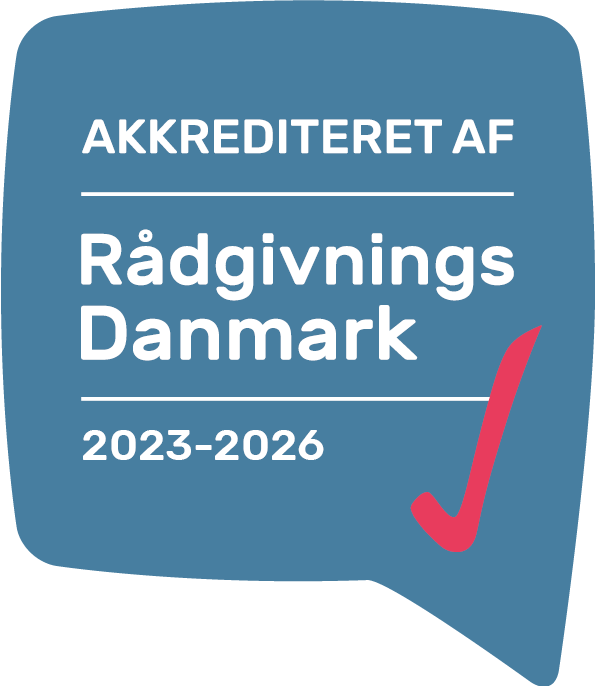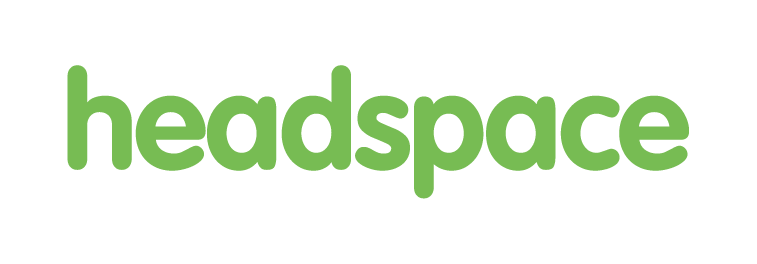Counseling
headspace is, simply put, someone to talk to
Nothing is too big or too small, and the counselling is free, anonymous and non-binding for all young people aged 12–25. There’s no waiting time, and everything happens on your terms.
At headspace, you can talk about anything. Nothing is wrong, and we’re here to listen and talk about exactly what’s on your mind.
What is a conversation at headspace?
At headspace, you can share anything that’s on your mind.
We welcome young people with a wide range of problems and questions. That’s why our youth counsellors receive thorough training in listening and talking according to headspace’s approach.
We share a common professional foundation and a method that we use when providing counselling.
This is how we ensure that we meet young people in the same way, whether you visit headspace in Hjørring or Hvidovre.
We meet you with respect and understanding…
…and we provide counselling based on a humanistic and appreciative view of people — where we listen without judgment and see you for who you are, with your own feelings and experiences.
Come as often as you like.
There are no limits to how many times or how often you can have a session at headspace.
Come alone or bring a friend.
It’s completely okay to bring a friend, sister, mum, neighbour — or anyone in between — with you to headspace. It also doesn’t matter if you’ve seen a psychologist before, are currently seeing one, or are getting help somewhere else. EVERYONE is welcome.
HEADSPACE CONVERSATION MODEL
At headspace, all counselling sessions follow the same model, which ensures the best possible conversation with a focus on establishing contact, identifying the young person’s challenges, and thereby getting closer to the young person’s opportunities for creating change.
Establishing contact
We establish a good connection in a conversation by showing the young person that we understand their situation, concerns and thoughts — and that we acknowledge them.
We do that through:
Exploration
In the exploration phase of the conversation, we get to know the young person and their challenges. Sometimes, the young person doesn’t know exactly why they’ve come or what’s bothering them, but we gain insight into the different contexts they’re part of. Finally, the exploration gives the young person an opportunity to say things out loud — and we make sure to see, hear, and understand them.
We do that through:
CHANGE
The young people who come to headspace often have a wish for change. The goal of our counselling is to help each young person think about their situation in new and different ways.
It focuses on:

ACCREDITATION OF HEADSPACE DENMARK
At headspace, we’re constantly working to improve what we do. That’s why we’ve gone through an accreditation process that focuses specifically on the quality of our services.
headspaces face-to-face-councelling has been accrediteted by Rådgivnings Danmark, and that means our counselling service has been through a quality assessment to ensure that it meets a set of common standards for counselling services.
The accreditation is a mark of quality for our counselling work at headspace — and at the same time, it’s a great recognition and a huge pat on the back for our youth counsellors, both paid and volunteer, as well as our municipal and regional staff. Together, they all do their very best every day to make sure that young people feel seen, supported, and guided in the right direction.
This mark of quality means that both young people and our partners can trust that we provide the kind of counselling we say we do.


